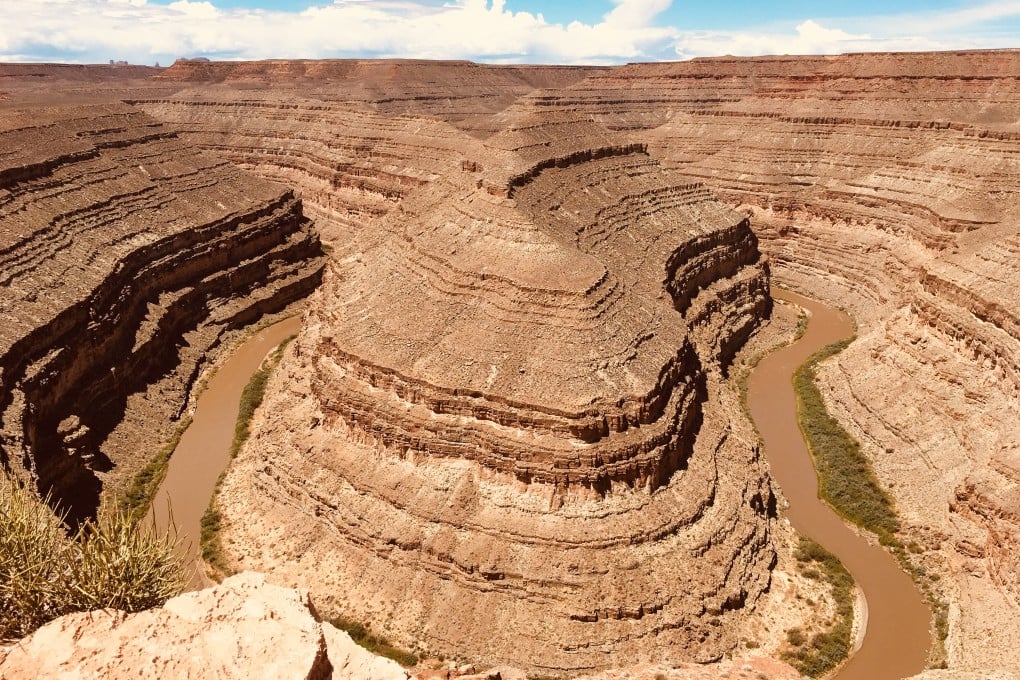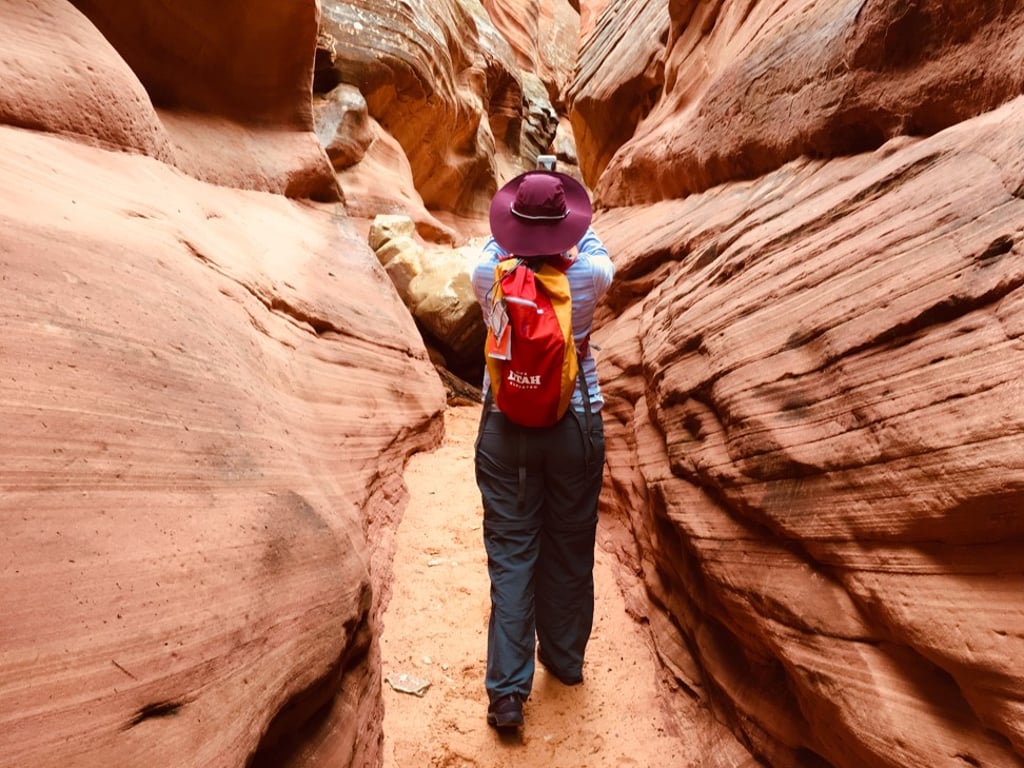Canyon-hopping in Utah’s great outdoors – a place for stargazers, history buffs, and fans of Western films to get away from it all
- There are a fistful of reasons for fans of The Lone Ranger and Billy the Kid, history buffs and those looking to escape the crowds to visit western desert state
- Ancient petroglyphs, stunning scenery and star-splattered skies are just rewards for venturing beyond Utah’s famed national parks

Southern Utah punches above its weight – all of the American state’s national parks (Arches, Bryce Canyon, Canyonlands, Capitol Reef and Zion) are here, after all – and a growing number of its visitors are venturing off the beaten track.
One of Utah’s biggest draws is Zion National Park. Its proximity to Las Vegas makes it a straightforward day trip, and it slots neatly into park-focused road trips from Sin City – Zion, Monument Valley and the Grand Canyon can be combined. But the parks become congested at peak times – 4.3 million people visited Zion last year.
Just under 100km away, at Red Canyon, there are no queues. Otherwise known as Peek-a-Boo Canyon, this is a deep, narrow gorge carved out of the ribbons of rust-red sandstone surrounding the city of Kanab. The landscape should be familiar to those who have seen the Westerns Billy the Kid (1941), The Lone Ranger (1938) and The Outlaw Josey Wales (1976), all of which were filmed in the area.
We bounce across the cactus-dotted, boulder-strewn terrain in a jeep with our grizzled, one-armed guide, Brent, to the entrance of the narrow gorge. Formed over millennia by water coursing over the rock, the pink, red and orange layers are pockmarked with geological reminders of their submarine origins, such as tiny, white, star-shaped chunks of fossilised seaweed.

Brent points to small indents in the rock and explains that they are Moki steps – created years ago by Native Americans as ladders up to nooks in the stone used as grain stores or shelters. The fact that these steps begin several metres above the desert floor is a reminder that the canyon is still being thrust upwards.
